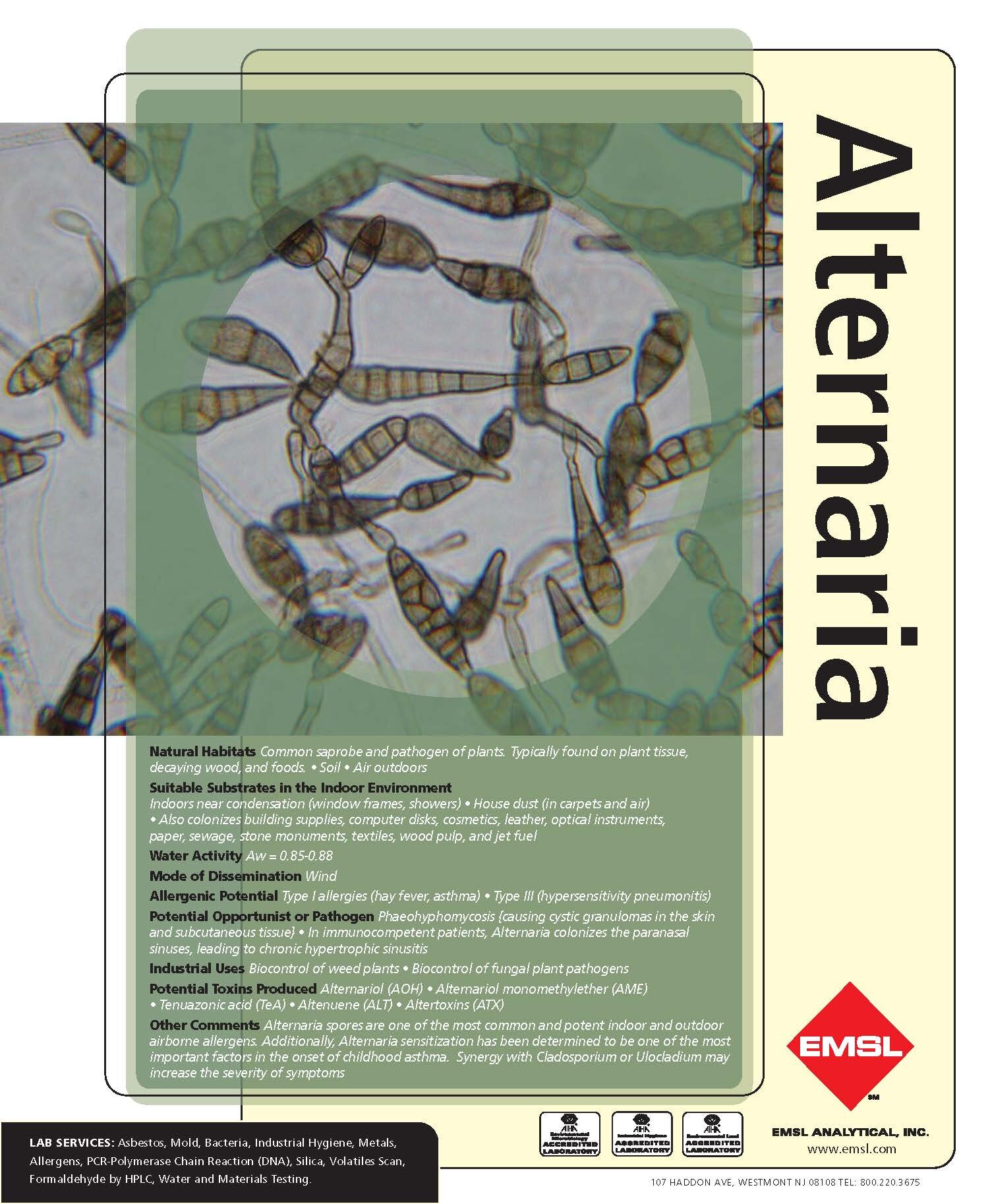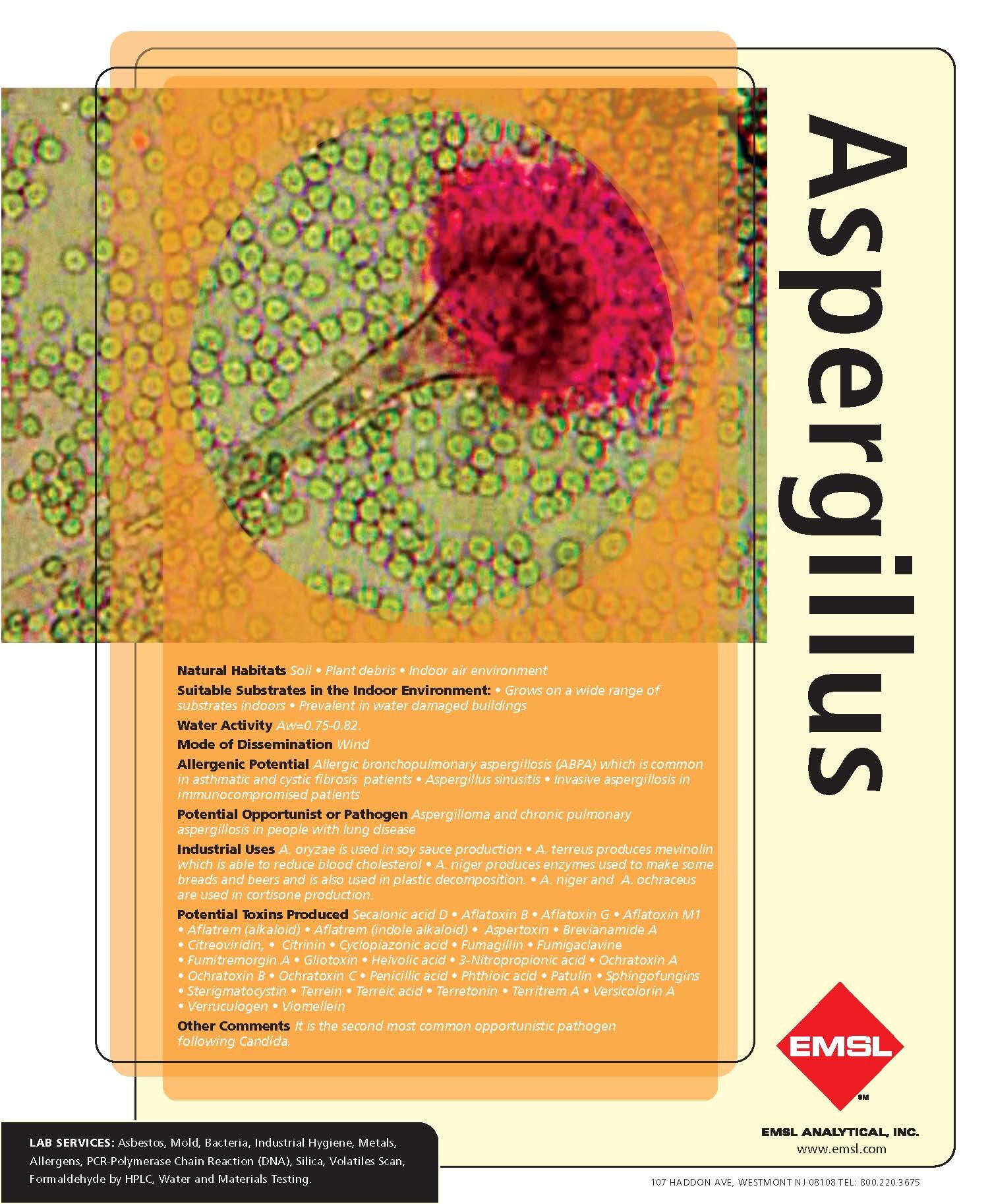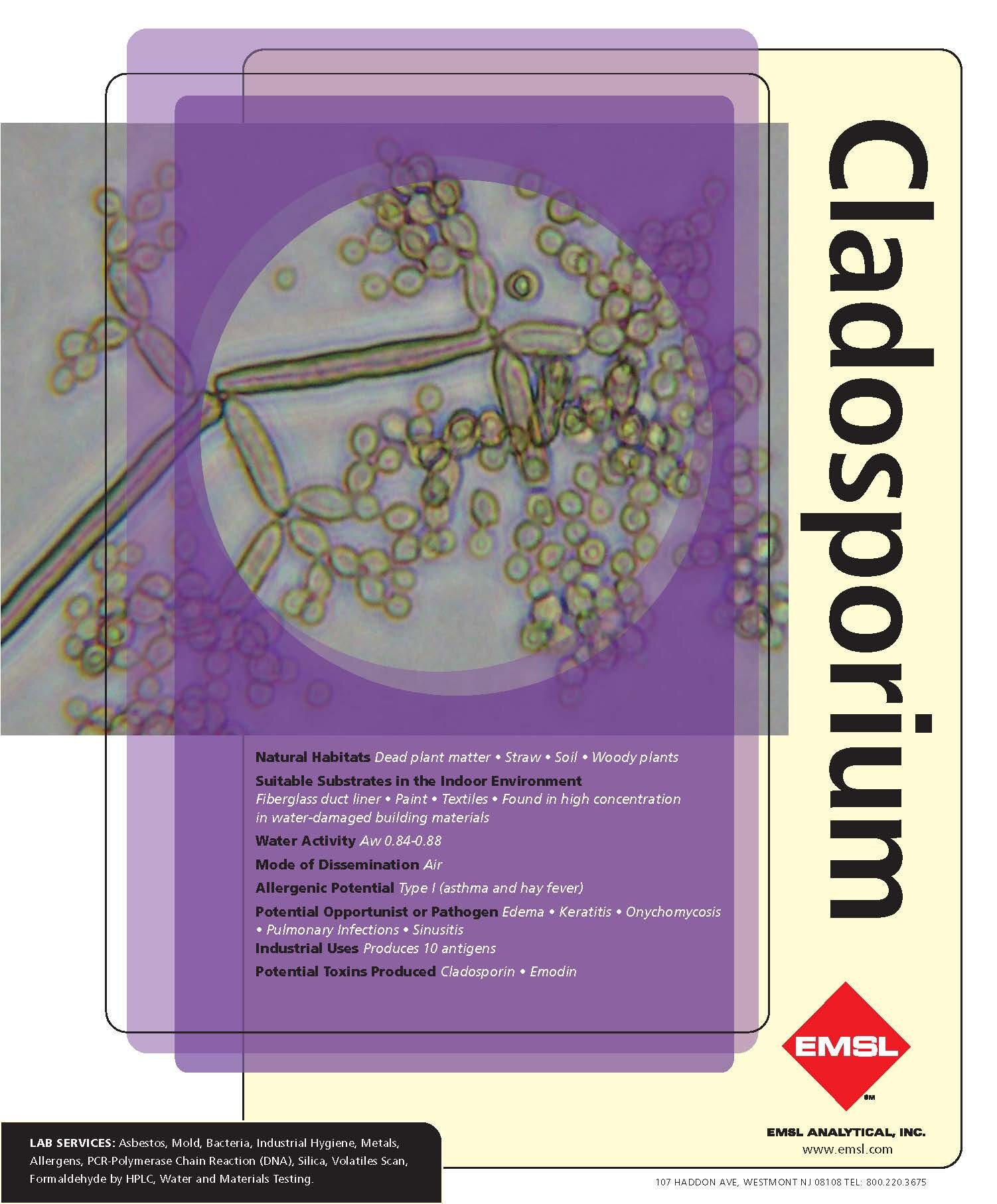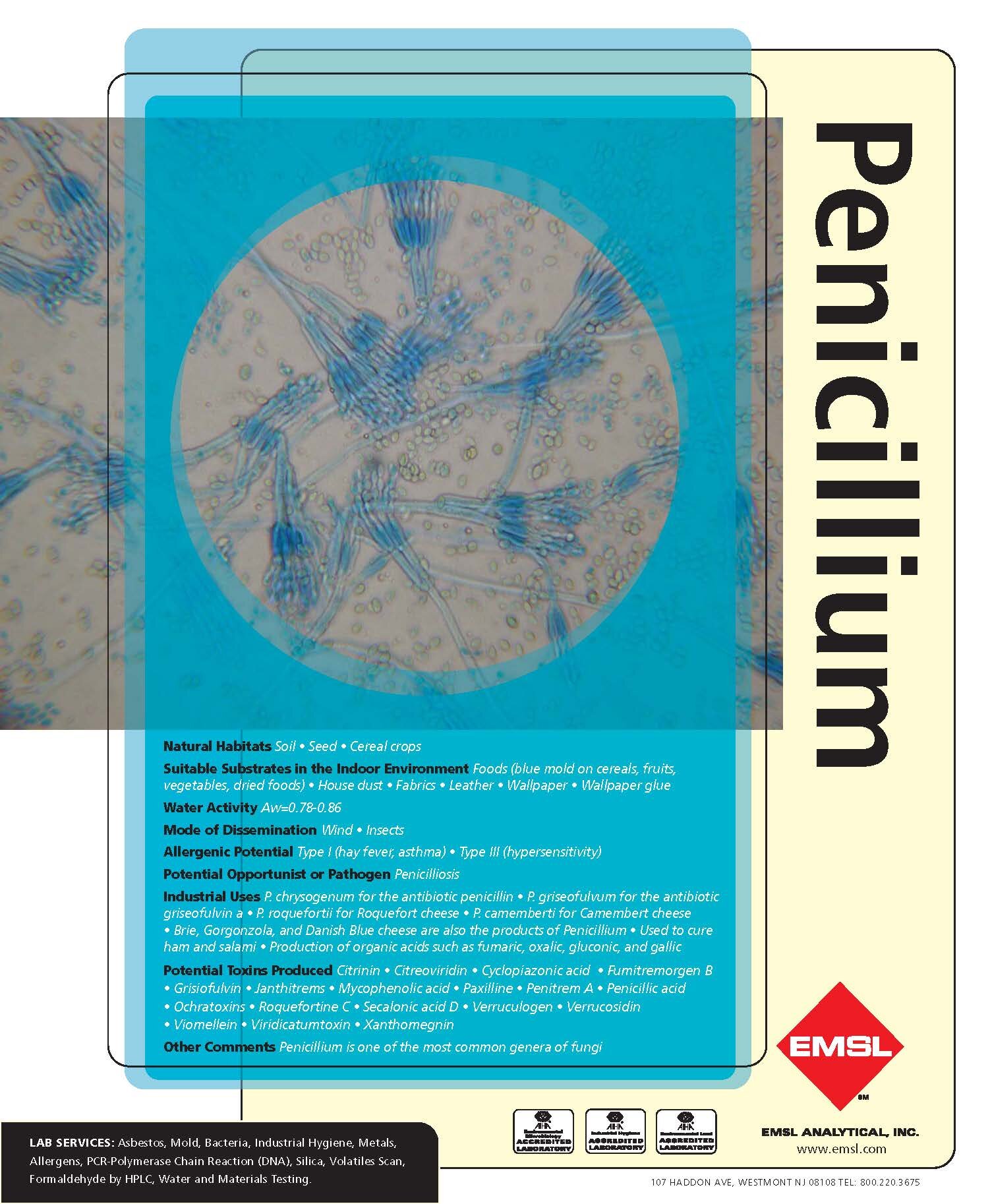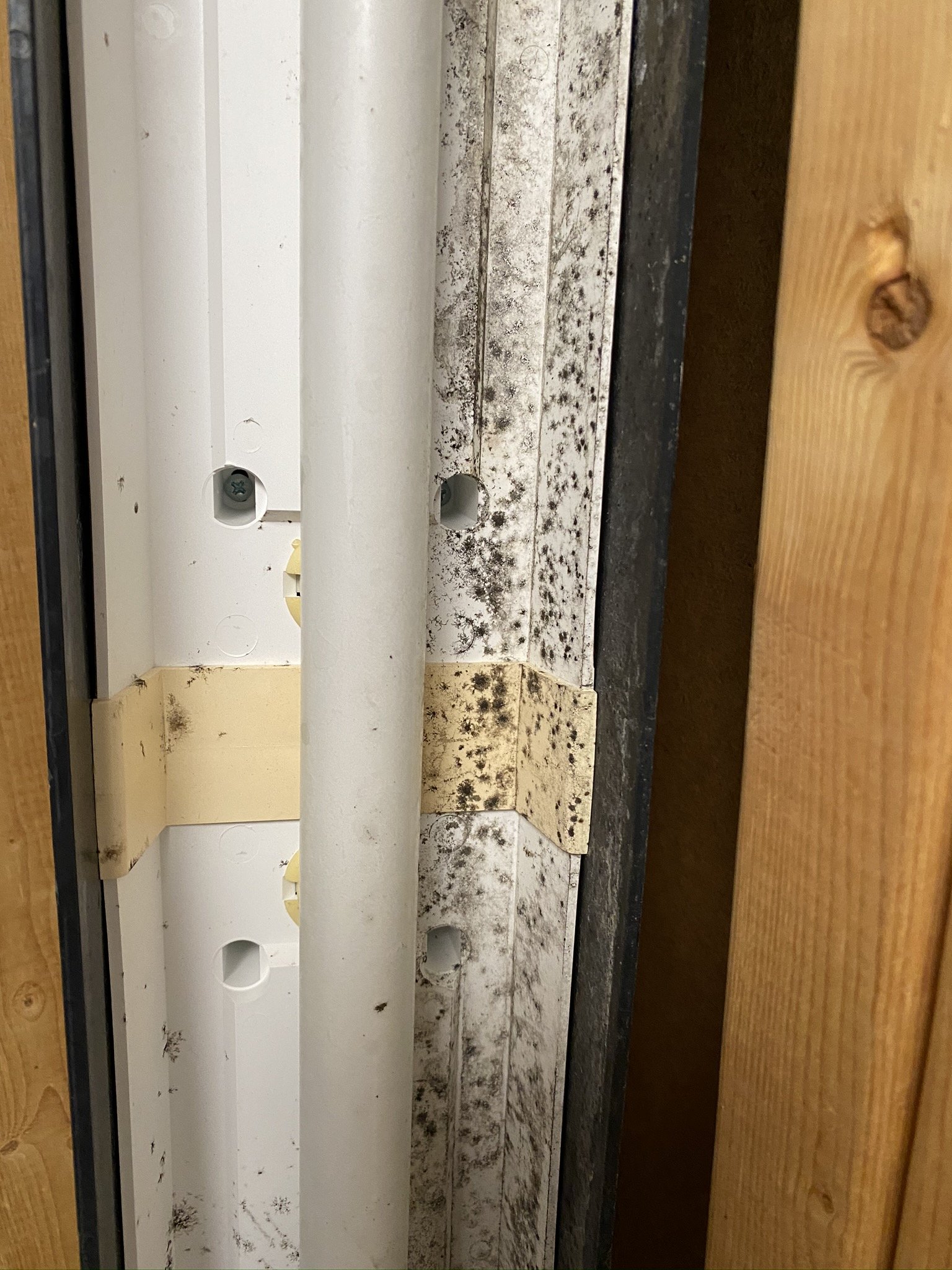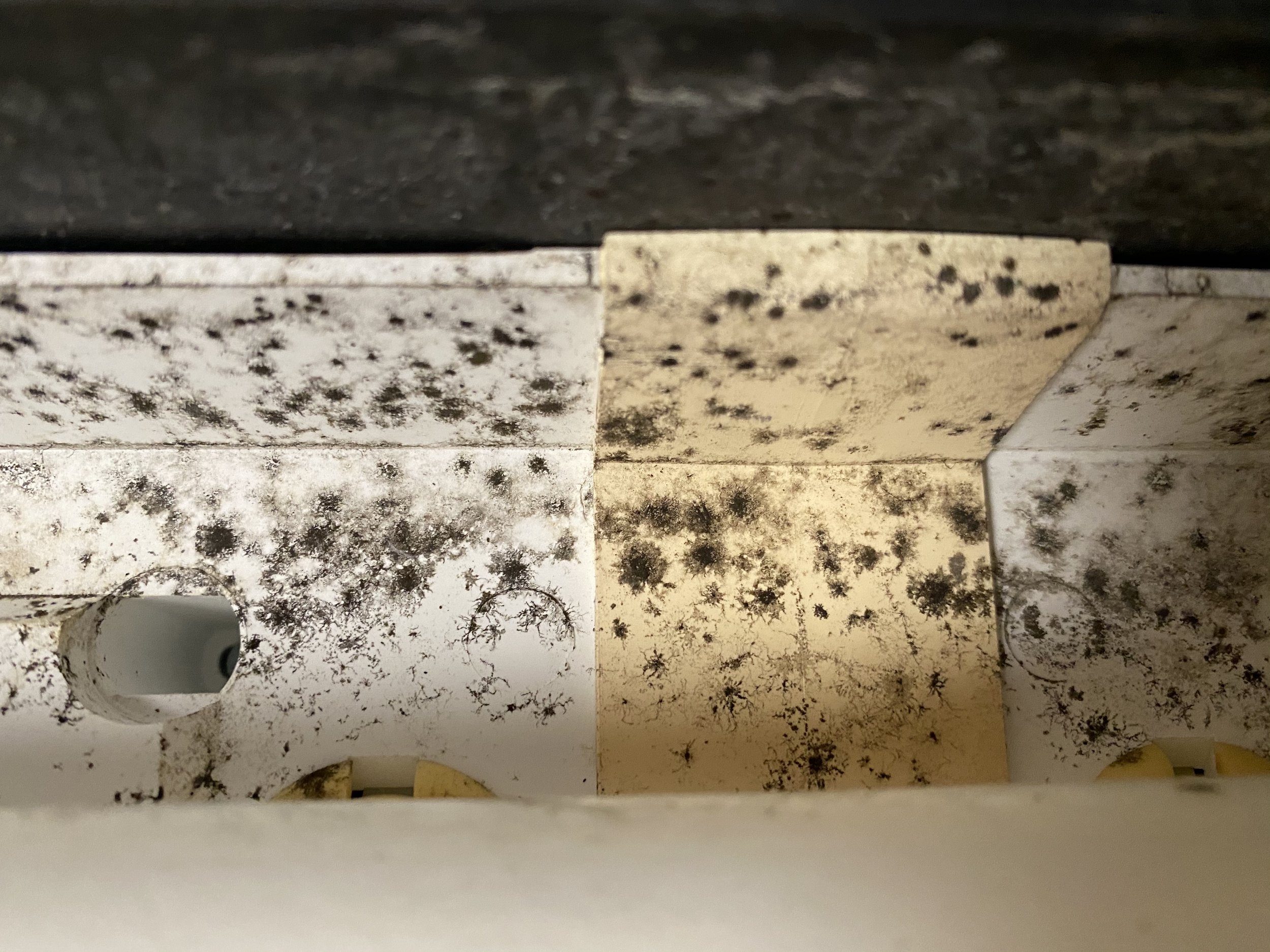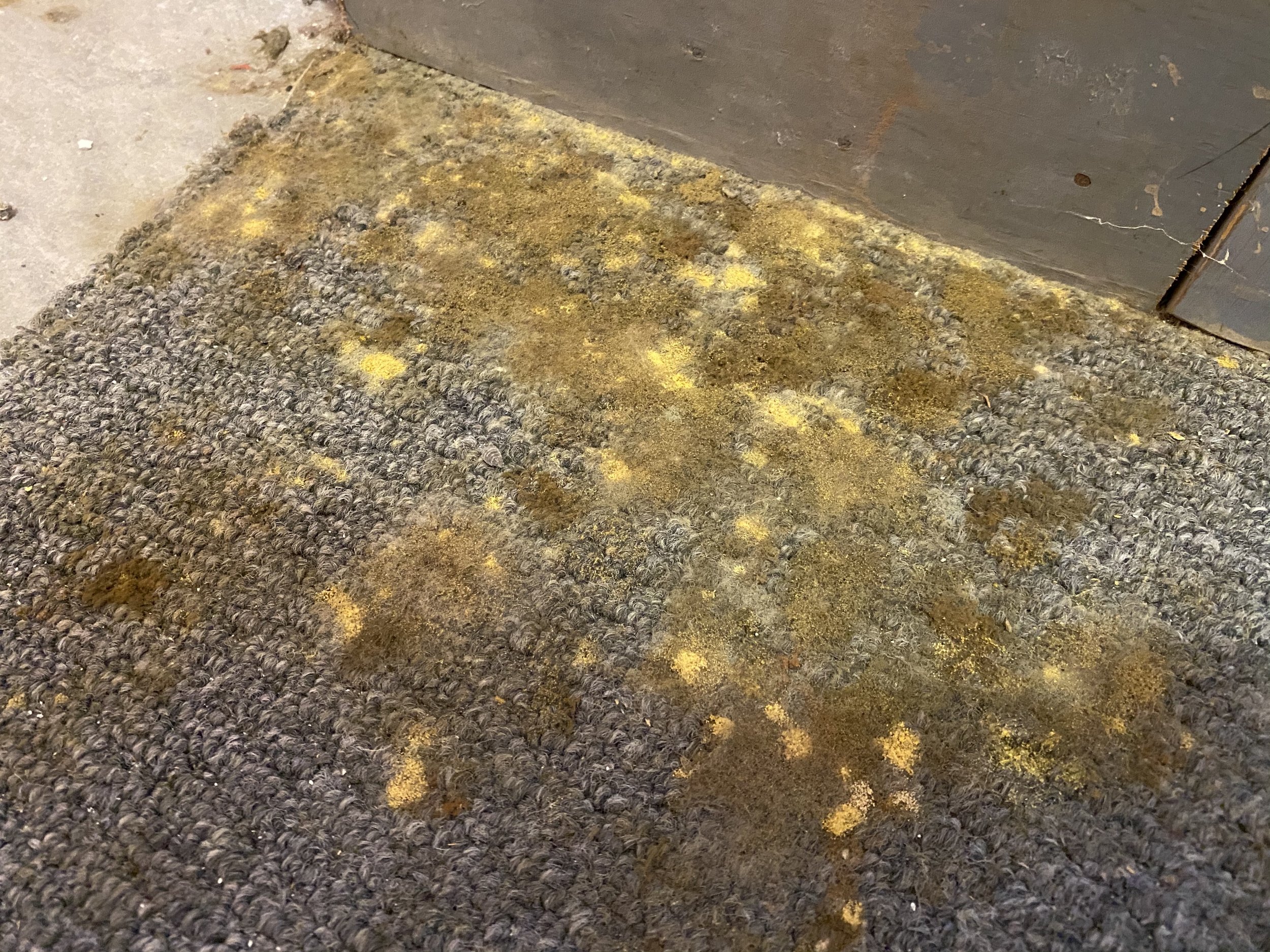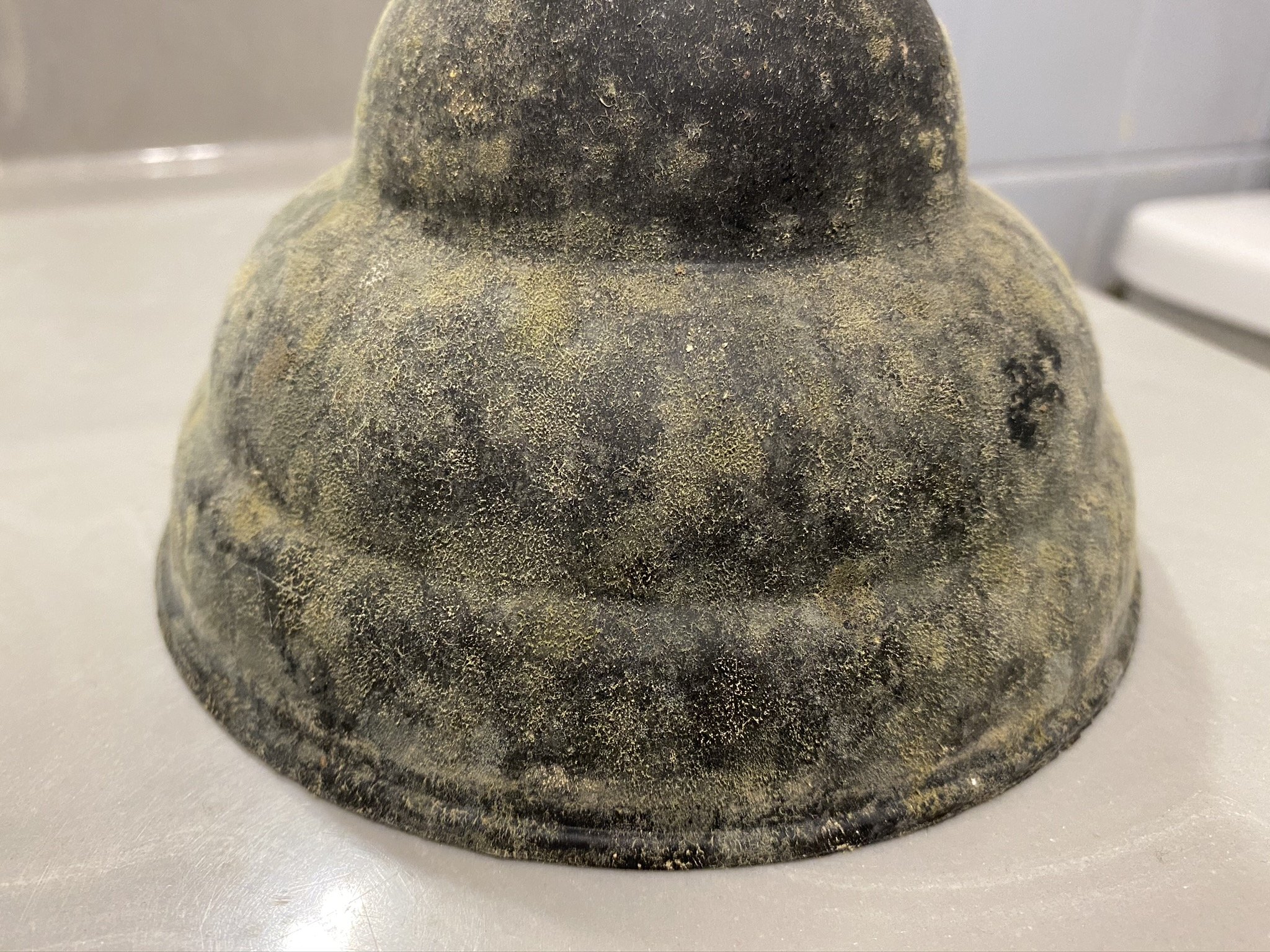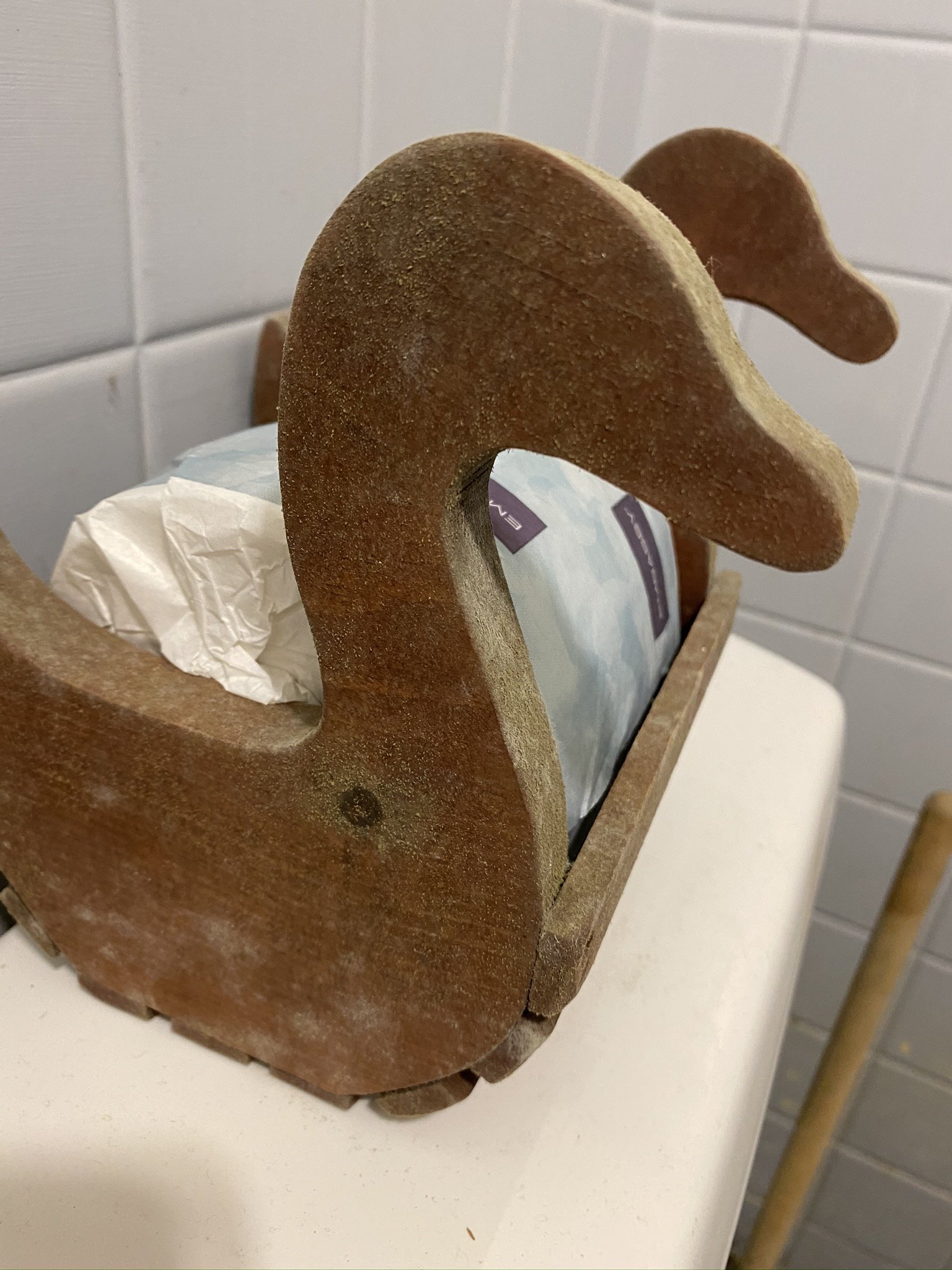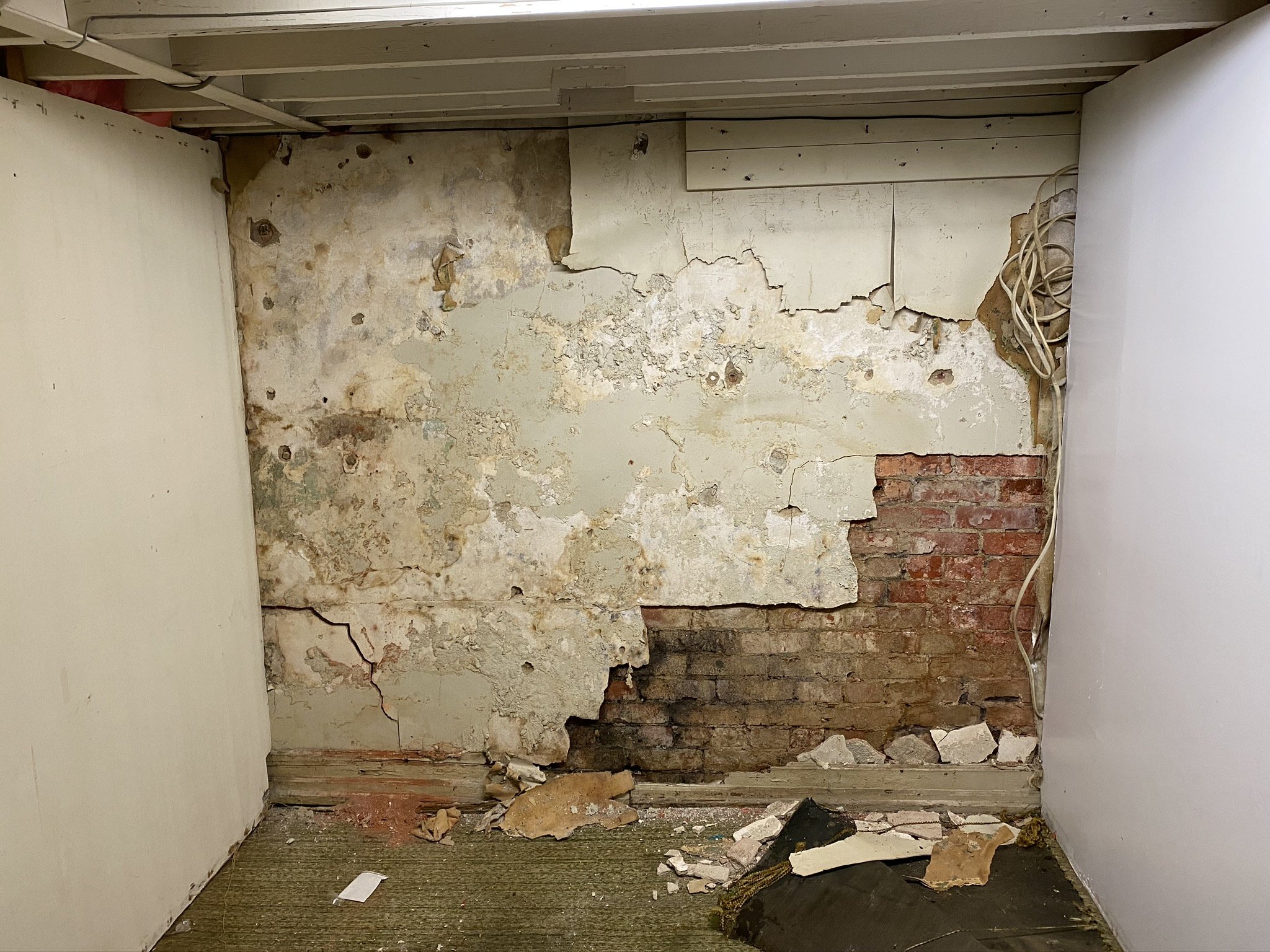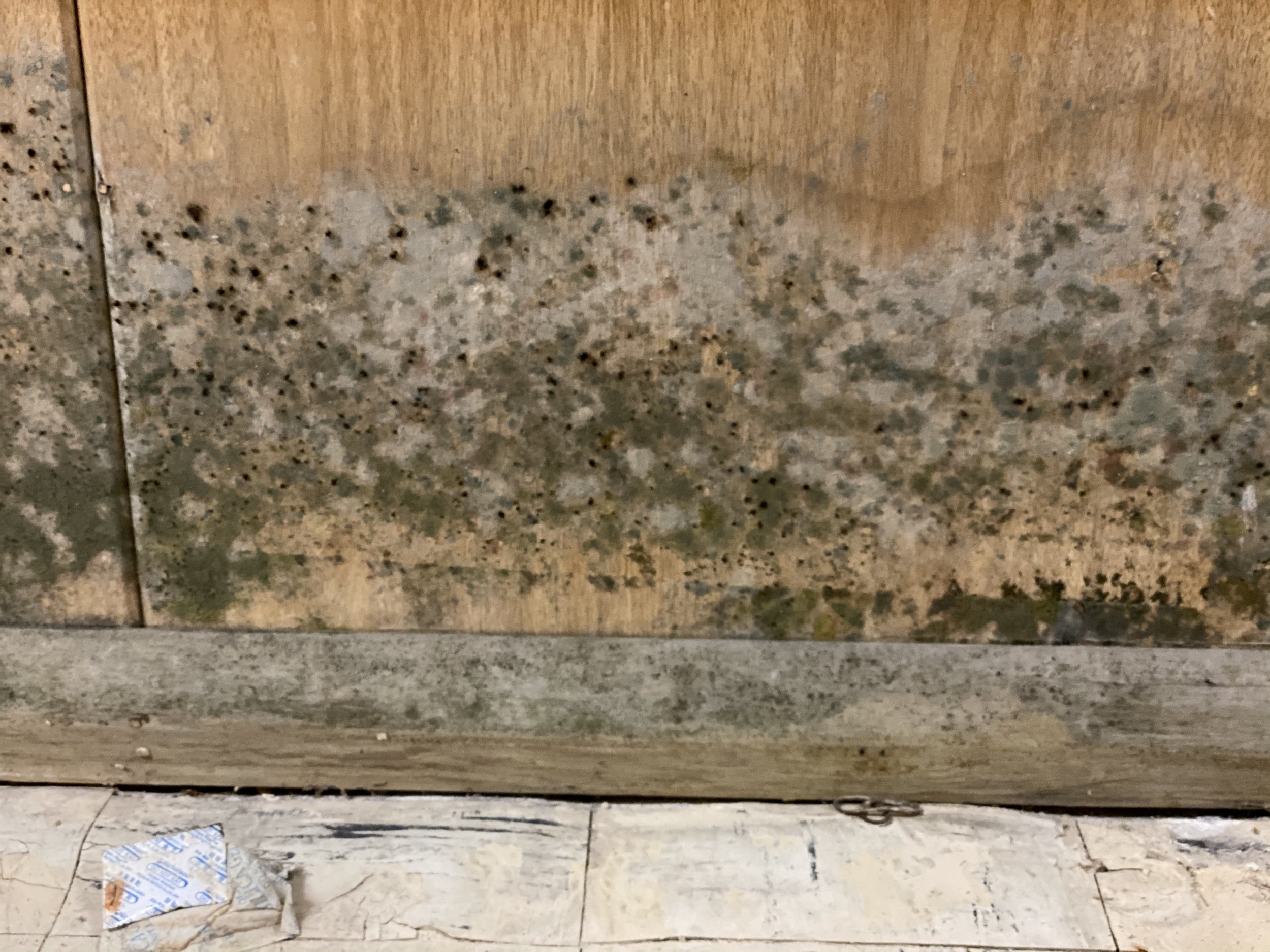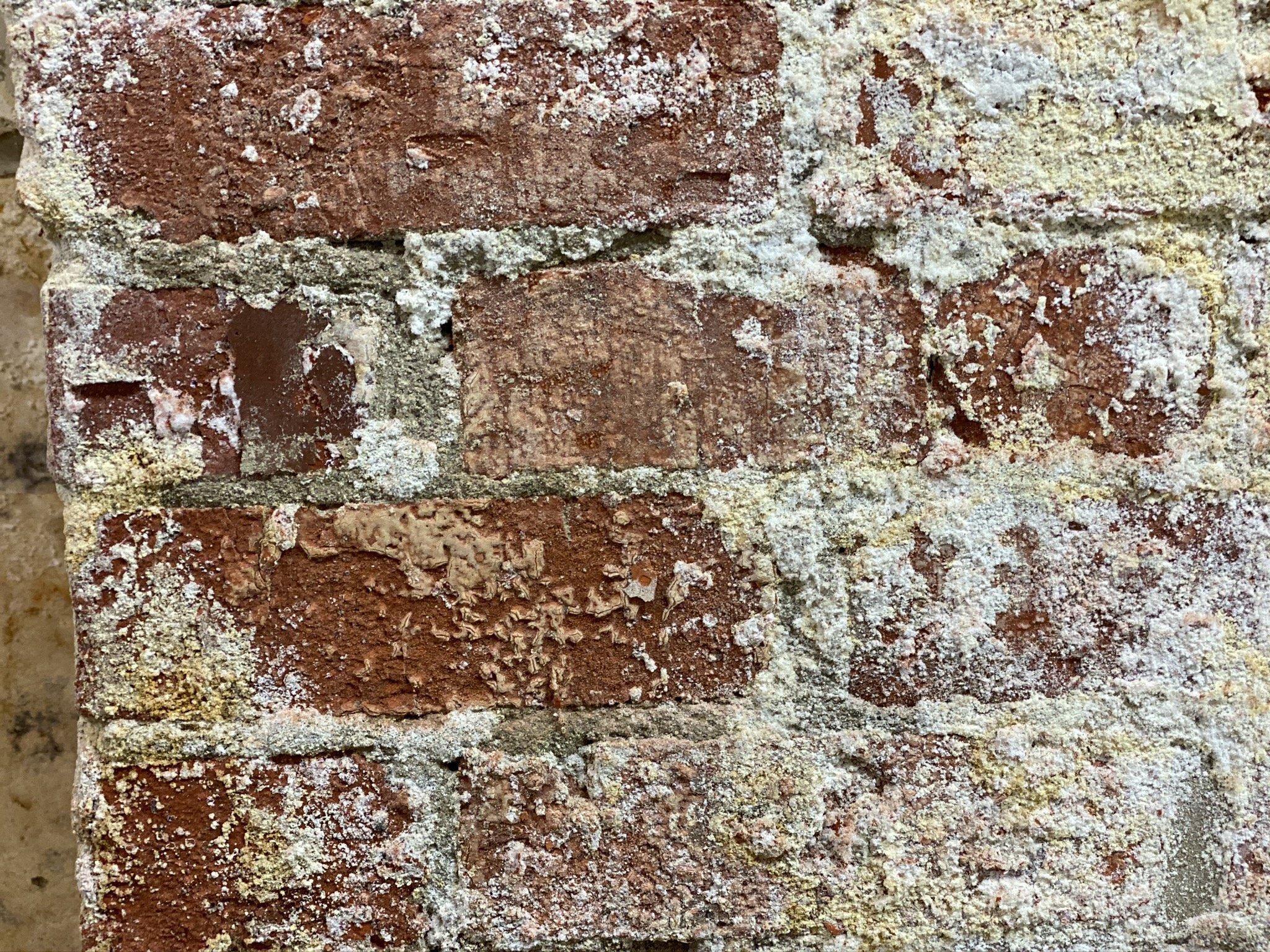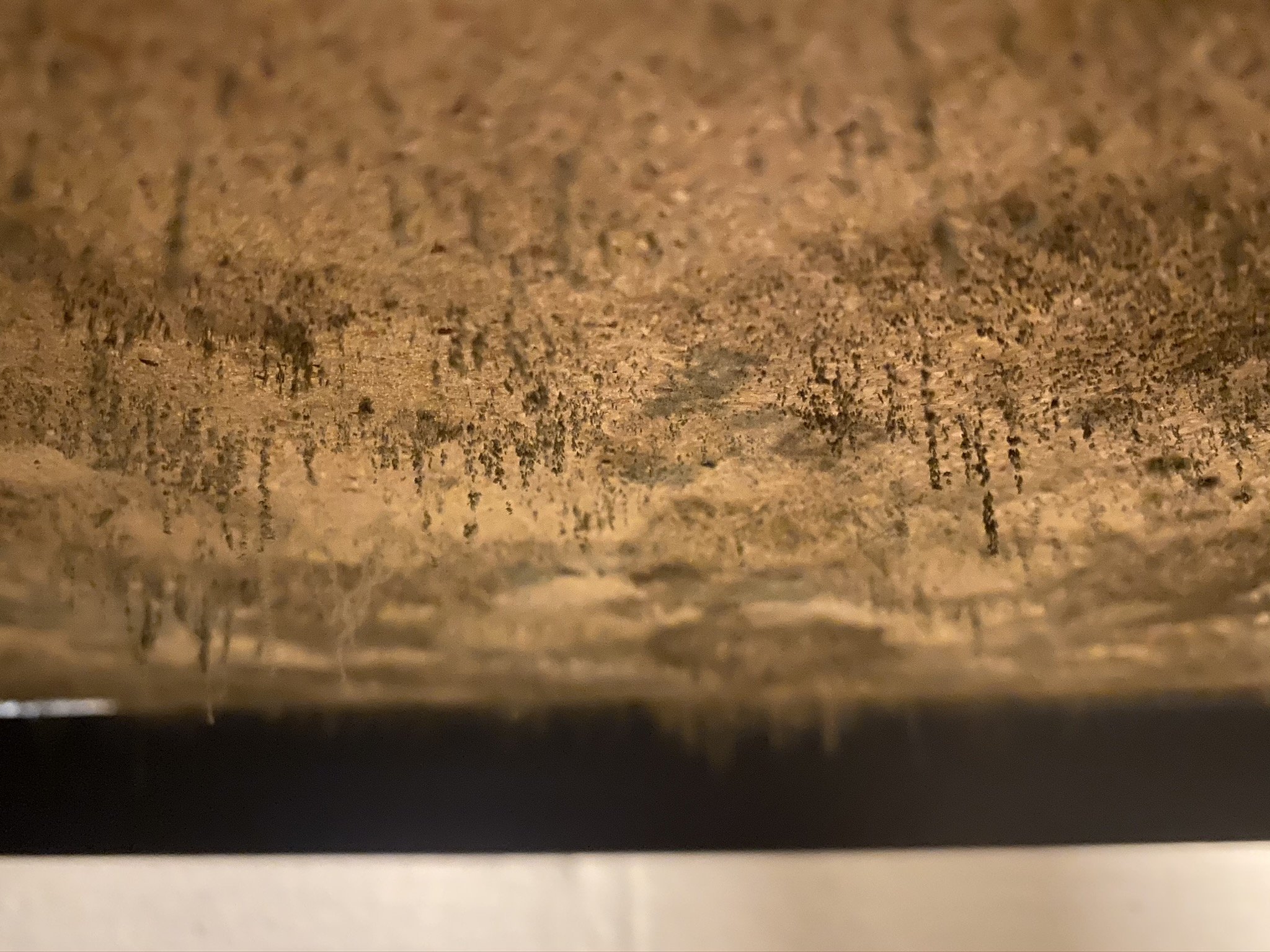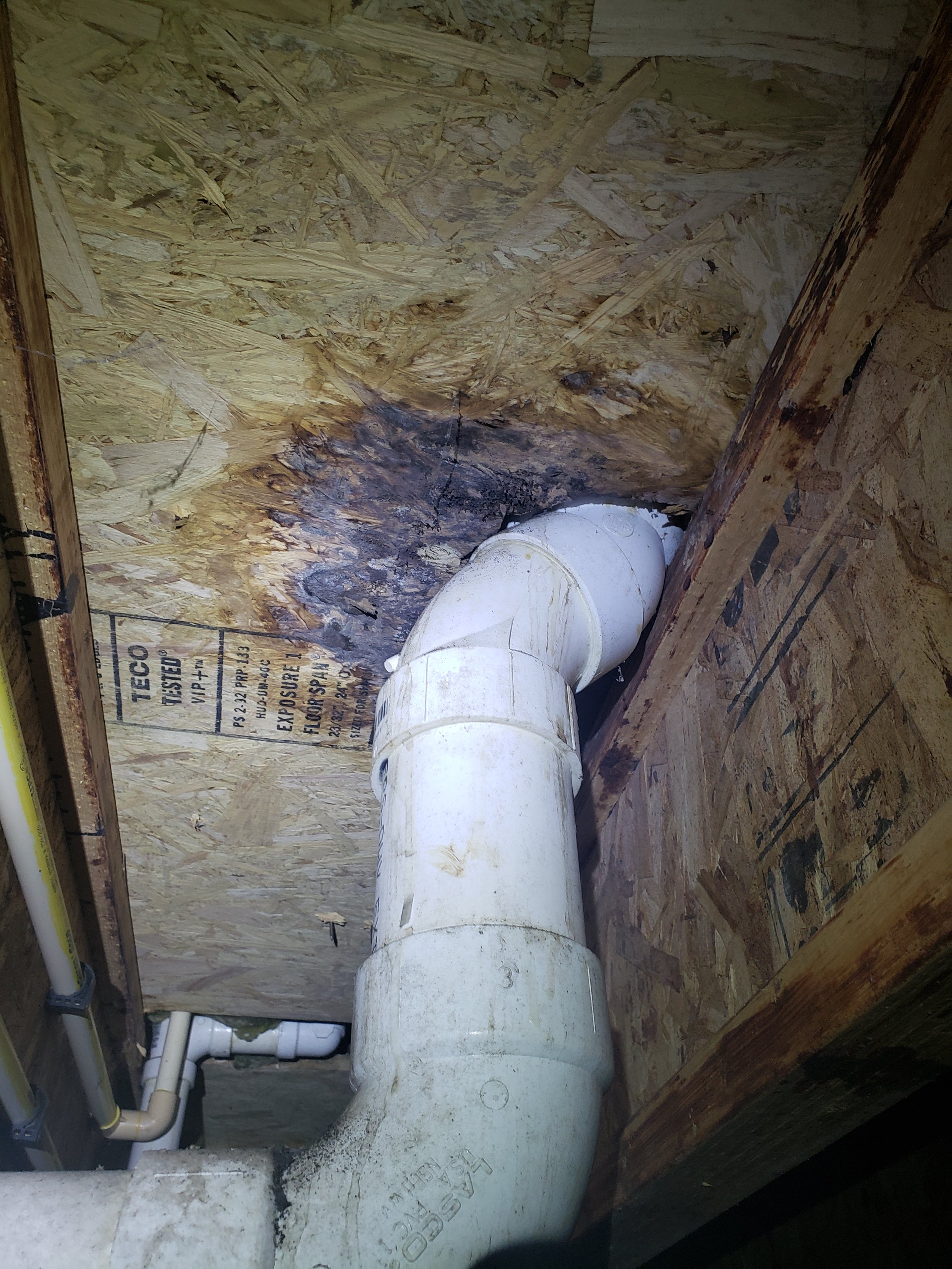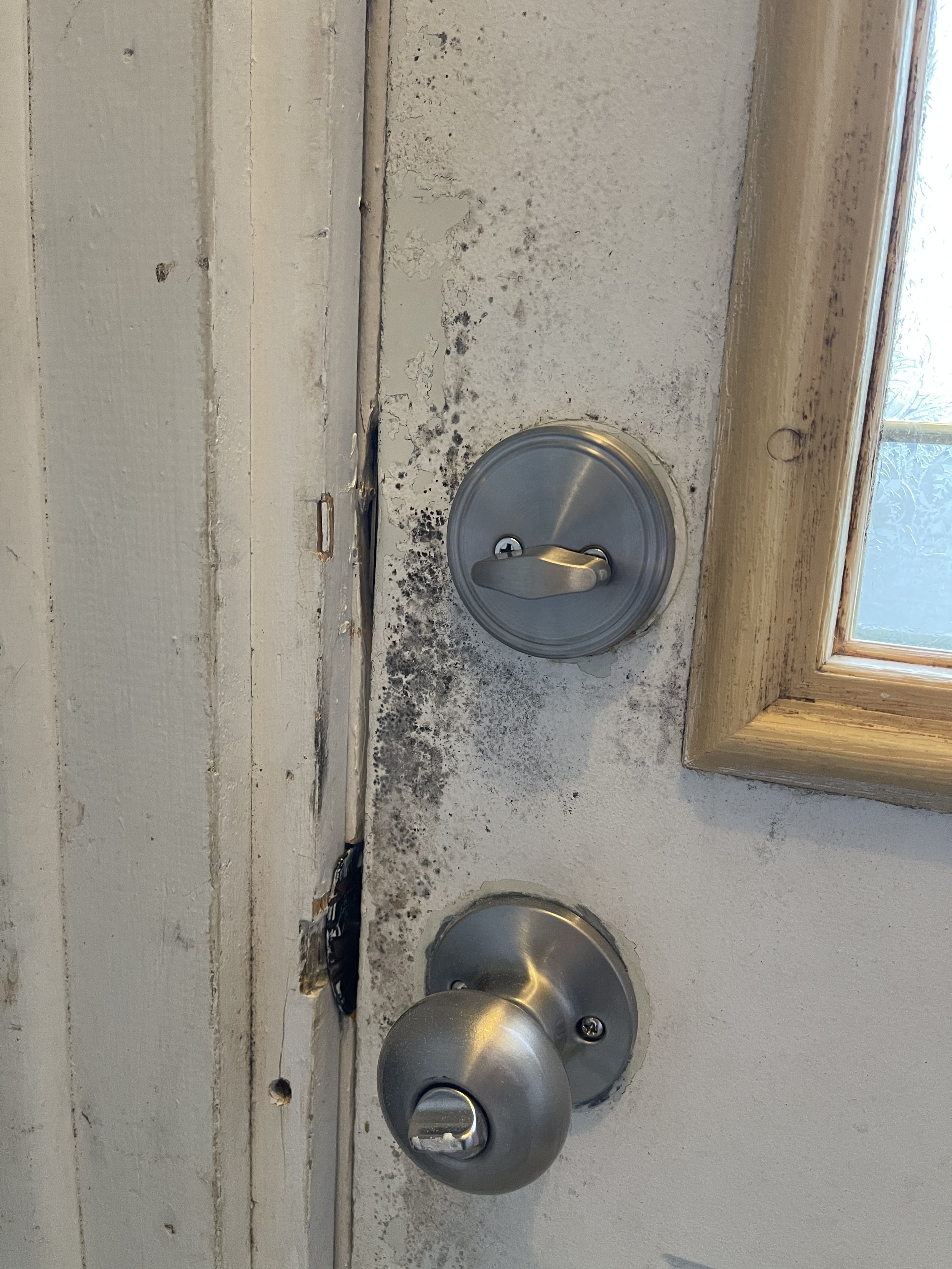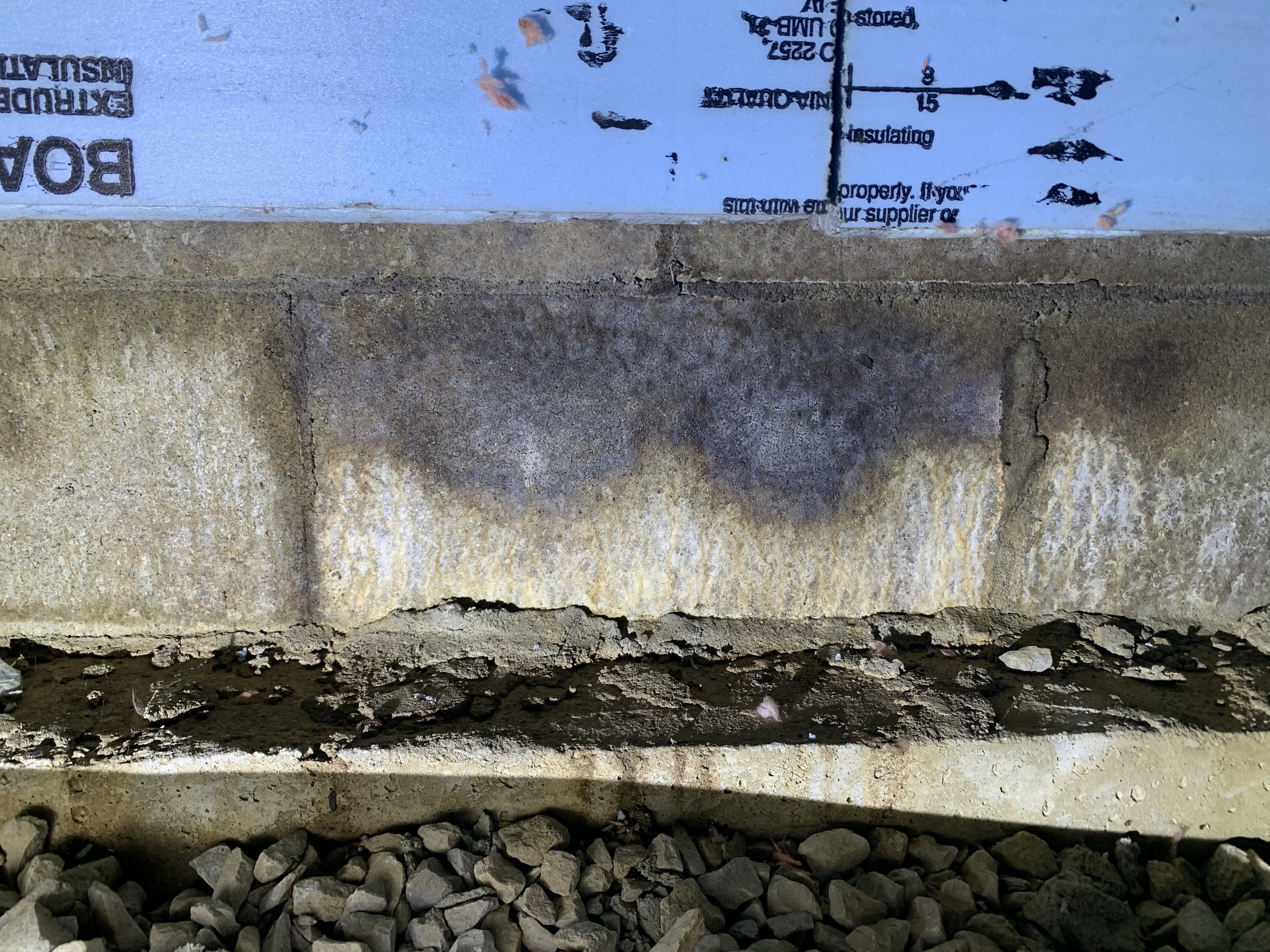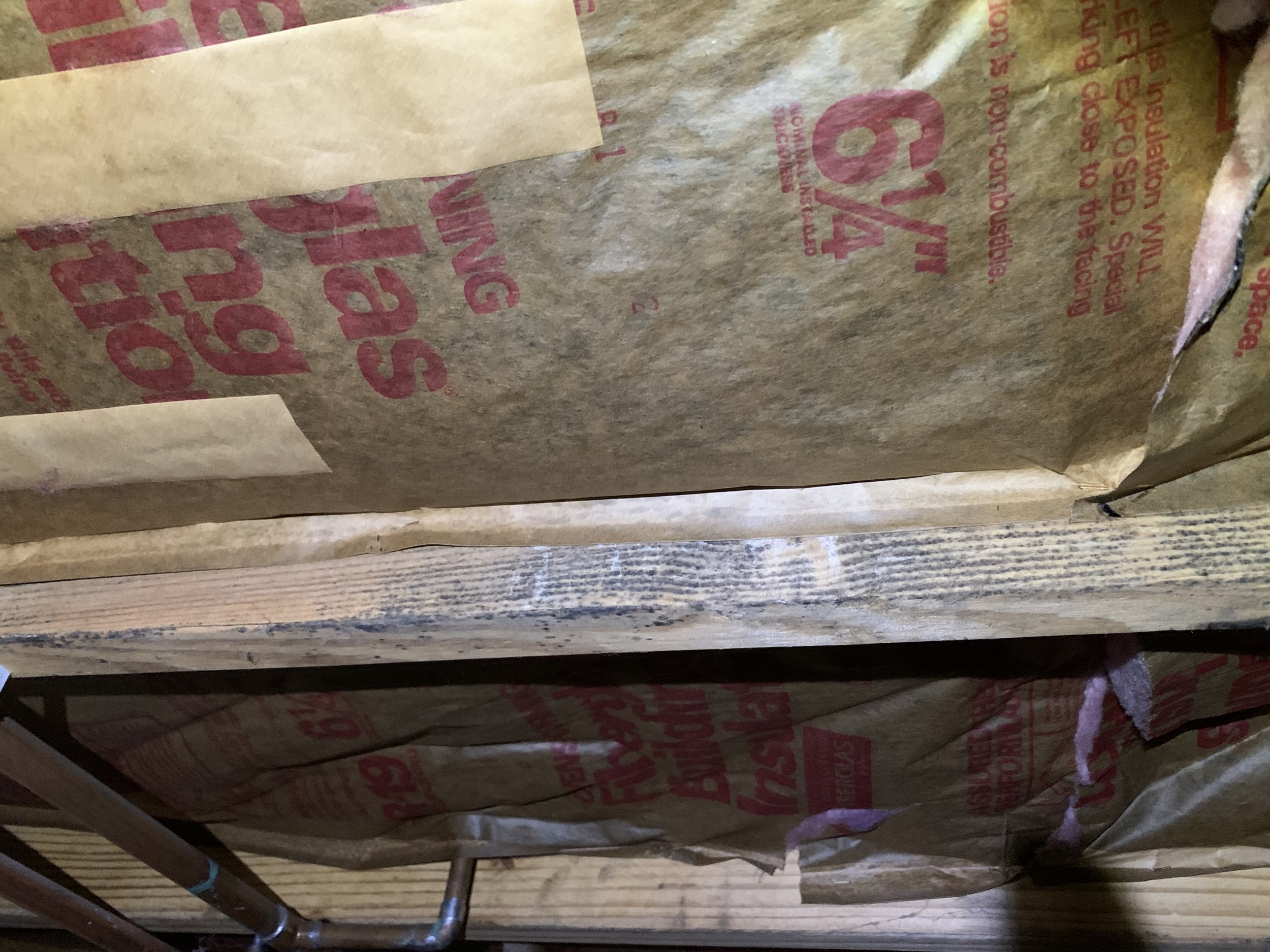How can we help you?
VET provides comprehensive and thorough inspections and testing services into potential indoor air quality issues resulting from mold. Factors including indoor and outdoor temperature, and humidity as well as heating, ventilation, and air conditioning (HVAC) conditions are important in assessing the viability of airborne molds. VET conducts preliminary inspections, designs sampling plans, conducts mold sampling, and reports results in a direct and concise manner. Some clients ask VET to serve as their advocate overseeing mold remediation work and performing analysis after clean up to verify successful remediation.
-
VET utilizes ambient air and indoor air spore trap sampling, surface mold sampling (tape lifts), and measures relative humidity and temperature to assess indoor air quality. The United States Environmental Protection Agency (USEPA) does not currently maintain regulations or standards for airborne mold contaminants. Mold concentrations are often reported as high, moderate, low, and absent because the comparison to specific criteria is not possible. Click here to learn more about mold from our partner for mold analytical testing, EMSL.
-
Molds are fungi. Molds are found both indoors and outdoors, in virtually every environment, year-round. Molds grow best in warm humid conditions and are commonly found on wood, paper, carpet, and foods. Molds produce tiny spores to reproduce. Mold spores continually waft through the indoor and outdoor air. When mold spores land on a damp spot indoors, they may begin growing and using the surface they landed on as a food source. Living or working in a building with elevated levels of mold is not healthy. In indoor environments, the presence of mold can not only cause unhealthy occupancy conditions, it can also lead to the decay and destruction of building materials. Click here for ten things you should know about mold from the United States Environmental Protection Agency.
What are the most common indoor molds?
No one knows how many species of mold exist. Estimates range from tens of thousands to over 300,000! The four molds our technicians encounter most commonly are Cladosporium, Penicillium, Alternaria, and Aspergillus. Fact sheets provided by VET's mold laboratory, EMSL, for these four common molds are included below.
Click here to view more mold fact sheets from EMSL.
-
Outdoor mold is commonly found in damp shady areas where organic matter such as compost piles, cut grass, and wood is decomposing. Indoor mold is commonly found in damp areas such as basements, kitchens, and bathrooms. Mold can enter your home through open doorways, windows, and vents. Mold grows in areas with excess moisture, such as around leaks in roofs, windows, pipes, or where there was flooding. Mold can grow on virtually any organic substance. Most buildings are full of organic materials including many building materials and household furnishings. Mold grows well on paper products, cardboard, ceiling tiles, and wood products. It can also grow on dust, paint, wallpaper, insulation, drywall, carpet, fabric, and upholstery. Click here to take an interactive house tour and learn some key elements to mold control from the United States Environmental Protection Agency.
-
When excessive moisture or water accumulates indoors, mold growth will often occur, particularly if the moisture problem remains undiscovered or unaddressed. There is no practical way to eliminate all mold and mold spores in the indoor environment; the way to control indoor mold growth is to control moisture. Common sources of moisture include roof leaks, condensation due to high humidity or cold spots in a building, slow leaks in plumbing fixtures, humidification systems, sprinkler systems, and floods. It is important to dry water-damaged areas and items within 24-48 hours to prevent mold growth. Repair any active leaks to prevent further water damage. Click here to learn more about dampness and mold from the World Health Organization.
-
Moisture control is the key to mold control. If mold is a problem in your home, we recommend a professional conduct remediation and a third party conduct clearance testing. Mold growth is not always visible to the naked eye. In some cases, untreated or hidden mold can damage personal belongings and lead to further remediation costs. Recommendations to control mold growth include:
Ensure humidity in your home stays low – less than 50%. Air conditioners and dehumidifiers are great ways to keep humidity low!
Bear in mind that humidity levels change over the course of a day. Make sure to check the humidity levels more than once a day!
Do not use carpet or wood flooring in bathrooms and basements.
Ensure your home has adequate ventilation in bathrooms and kitchens.
Add mold inhibitors to paint before applying it in your home.
Remove or replace previously soaked carpets and upholstery.
Click here to learn more about mold found indoors from our partner for mold analysis, EMSL.
-
Nasal and sinus congestion
Eye irritation
Blurred vision
Sore throat
Chronic cough
Skin rash
Asthma attacks
Headache
Allergic reactions are commonly associated with exposure to molds. Susceptibility to allergic reactions can vary greatly from person to person, and depend on exposure to the amount and type of mold present. Due to this variability, and lack of published regulatory guidance for mold contamination, sampling alone cannot quantify your health risk. If you are susceptible to mold and mold is seen or smelled, there is a potential health risk; therefore, no matter what type of mold is present, you should arrange for its removal. Click here to watch a video about indoor mold sponsored by EMSL.
-
If you feel your property owner, landlord, or builder has not been responsive to concerns you have expressed regarding mold exposure, you can contact your local board of health or housing authority. Applicable codes, insurance, inspection, legal, and similar issues about mold generally fall under state and local (not federal) jurisdiction. You could also review your lease or building contract and contact local or state government authorities, your insurance company, an environmental consultant, or an attorney to learn more about local codes, regulations, and your legal rights. Click here to read an EMSL article about how hidden mold forced a family out of their home.
-
If you suspect you’ve been exposed to mold you should first consult a family or general health care provider who will decide whether you need to be referred to a specialist. Such specialists might include an allergist who treats patients with mold allergies or an infectious disease physician who treats infections associated with mold. If an infection is in the lungs, a pulmonary physician might be recommended. Patients who were exposed to molds in their workplace may be referred to an occupational physician.
Notify your employer and, if applicable, your union representative about your concern so that your employer can take action to clean up and prevent mold growth. To find out more about mold, remediation of mold, or workplace safety and health guidelines and regulations, you may also want to contact your local (city, county, or state) health department.
Click here to read an EMSL article about a hospital that temporarily closed their operating rooms after discovering mold.



